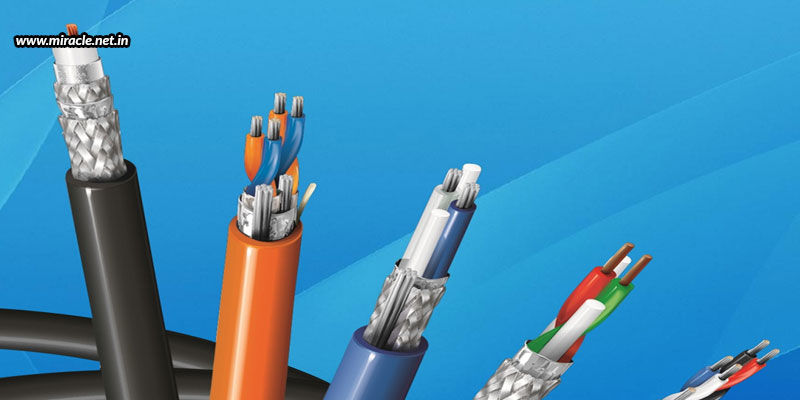Designing cable assemblies for use in harsh environments poses a number of challenges, especially those that need to be used in industrial equipment that may be subjected to conditions like high temperatures, high humidity, water, chemicals, electromagnetic interference, vibration, impact, or particulate ingress from close proximity to moving factory components. Over time, exposure to such components starts to hamper conductivity, requiring repairs or replacements.
To avoid all such hassles and inconvenience, it is advisable that you choose to install heavy duty connectors for the cable assemblies that are to be used in applications that need to withstand one or more of the conditions and environments mentioned above. So, here’s a guide that can help you choose the best quality heavy duty connectors for your application.
The housing material
A die-cast aluminum housing should be the best choice as these are light weight yet highly impact resistant. However, if your application is to be used in wet environments, plastic connectors should be a better alternative as they won't rust or corrode. And, if your application is too small with tiny spaces, you can choose materials that provide EMI shielding instead.
The insert types
Heavy duty connectors with pluggable inserts that carry power, data, or signal to and from factory equipment have been traditionally used. But today, modular inserts that support an integrated hybrid cable assembly are more popularly used. Heavy duty connector systems need to meet the demands of the hybridization trend, which is why more and more customized cable assemblies are being preferred. And, with such customizations, modular connectors are more popularly used as they provide an integrated hybrid assembly that creates new considerations for power and signal wiring beyond the fundamentals of approval ratings, clamping type, and wire guage. The various insert types that you can choose from include fiber optic, pneumatic, D-sub, USB, M12, and RJ45.
The ratings and standards
IP ratings depict the level of protection that an electrical enclosure provides against solids and liquids, and NEMA ratings describe the environments where the enclosure can be used. You need to choose from such ratings, or buy standardized connectors to ensure their quality and performance.
The manufacturer
You need to choose the right cable assembly and connector manufacturer too; one that has experience, knowledge, skill, and expertise in the field. One such cable assembly manufacturer in India is Miracle Electronics, a contract manufacturer that is tooled for majority of industries such as electronics, aerospace, audio, and medical. You can have all kinds of cable assemblies manufactured here, some of them being EMI shielded assemblies, flat assemblies, ribbon assemblies, RF assemblies, airborne looms, military looms, and power cable assemblies. You can also have circular, D-sub, military specific, and many other kinds of connectors built here too. And, whatever kind of cables, assemblies, and connectors you have customized with Miracle Electronics, you can rest assured about the quality you’ll receive because every production process executed here is certified for quality to ISO 9001, AS9100C. Also, every product manufactured here is certified and approved by DGAQA and MSQAA for platform specific applications, after undergoing all kinds of tests for dimension, weight, continuity, Hi-Pot, Pull, and environment compliance.


